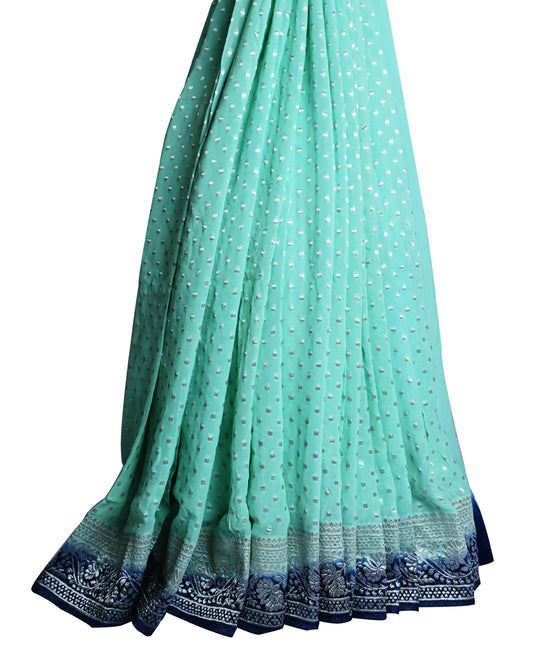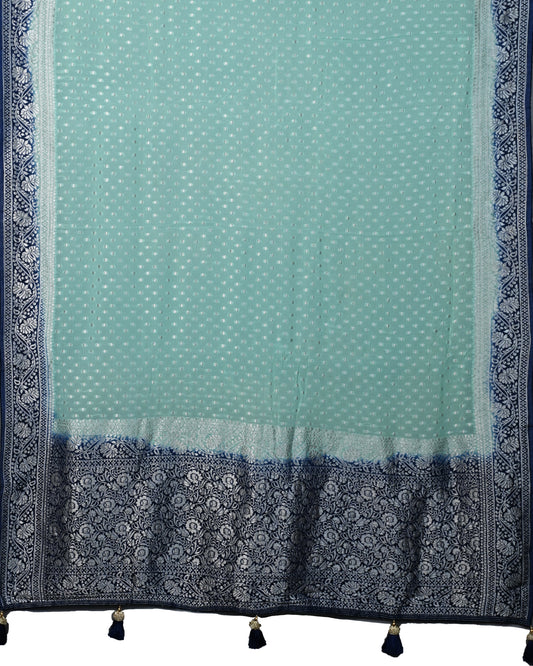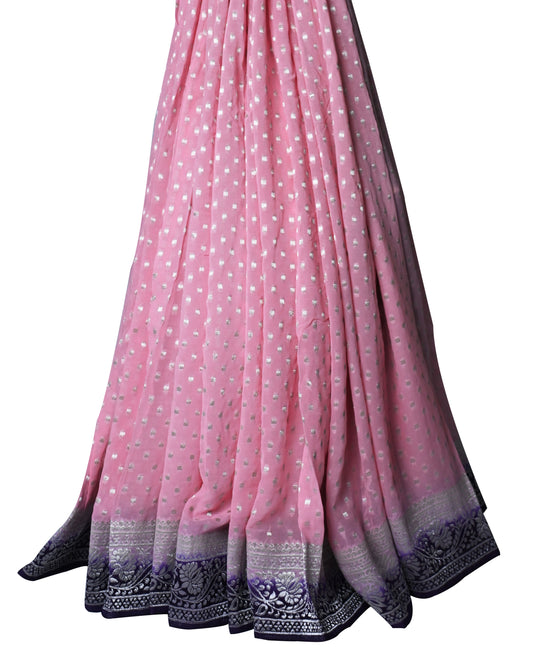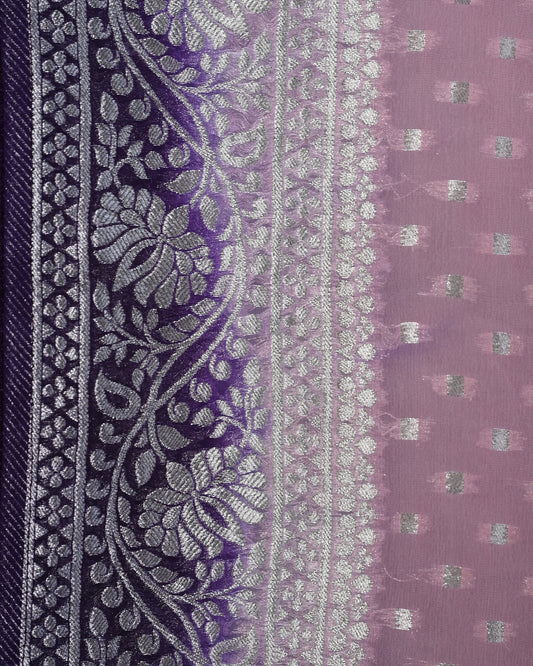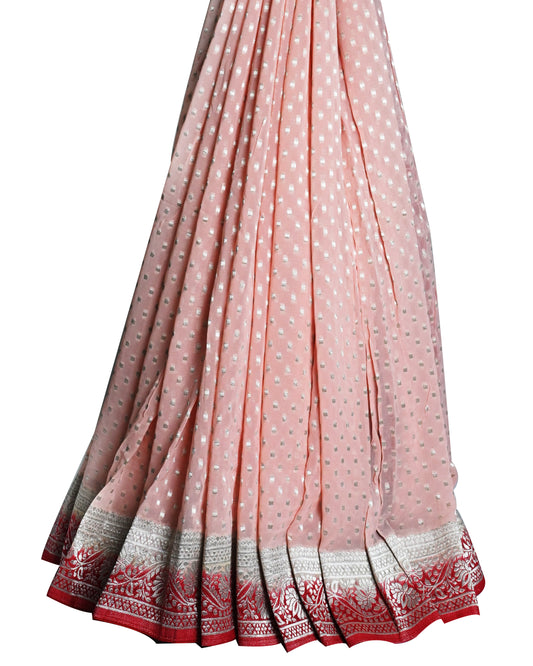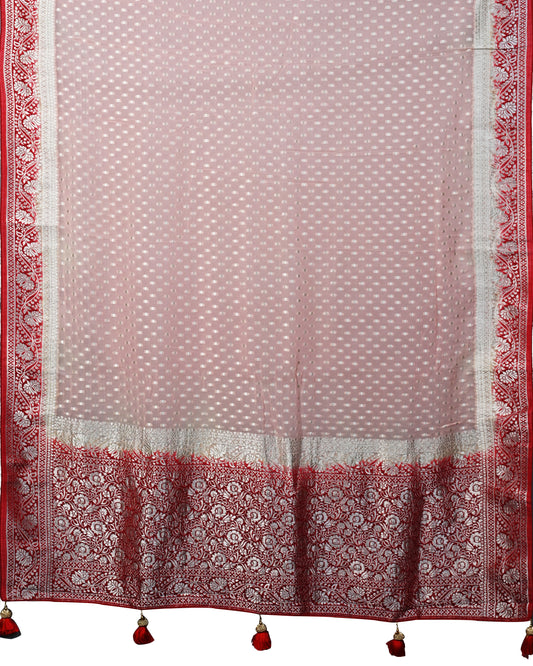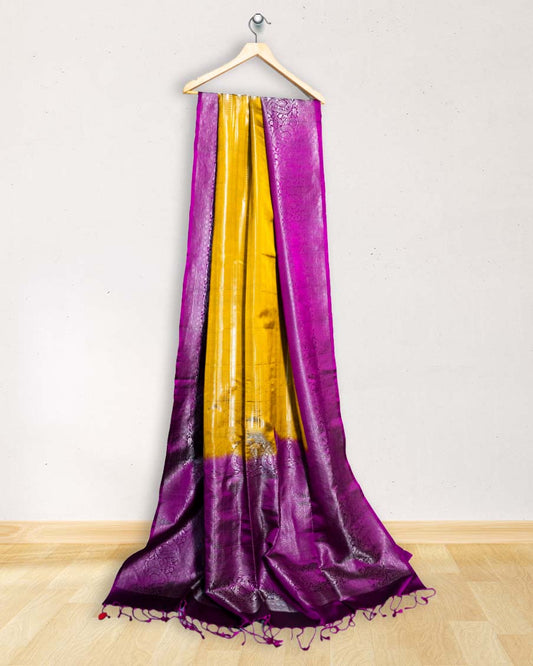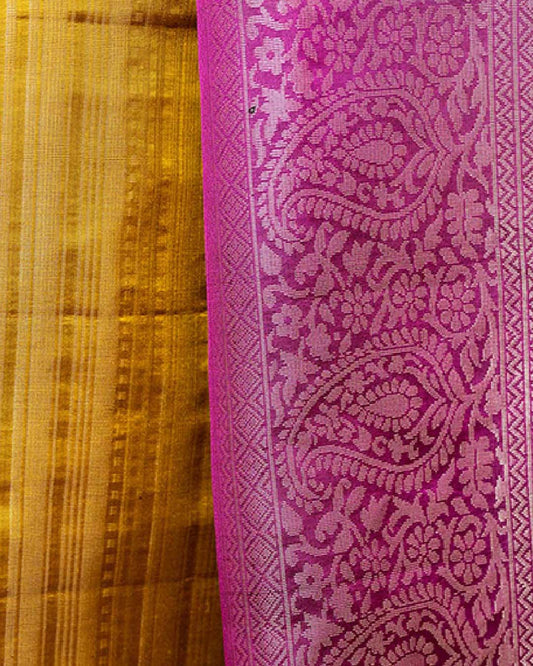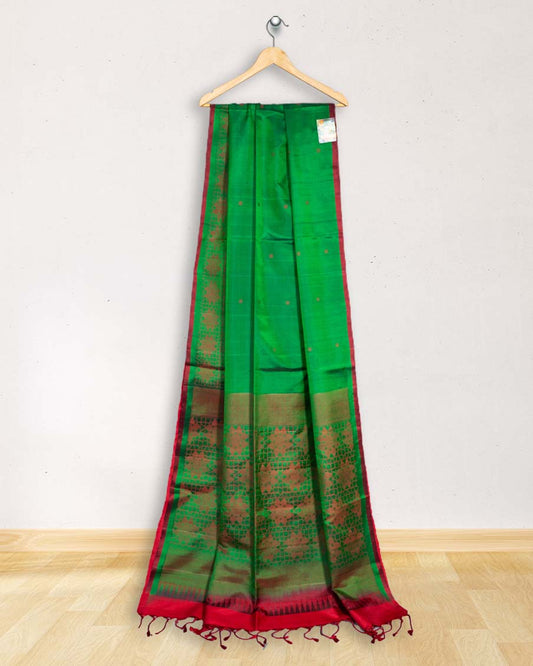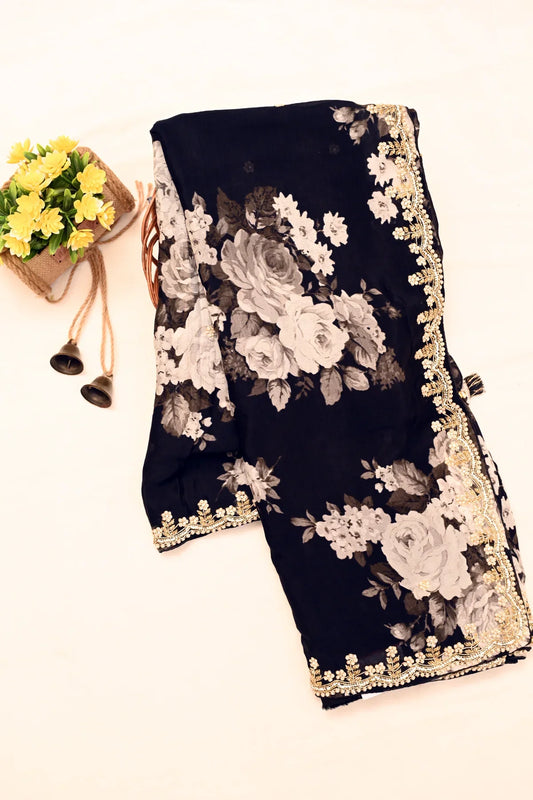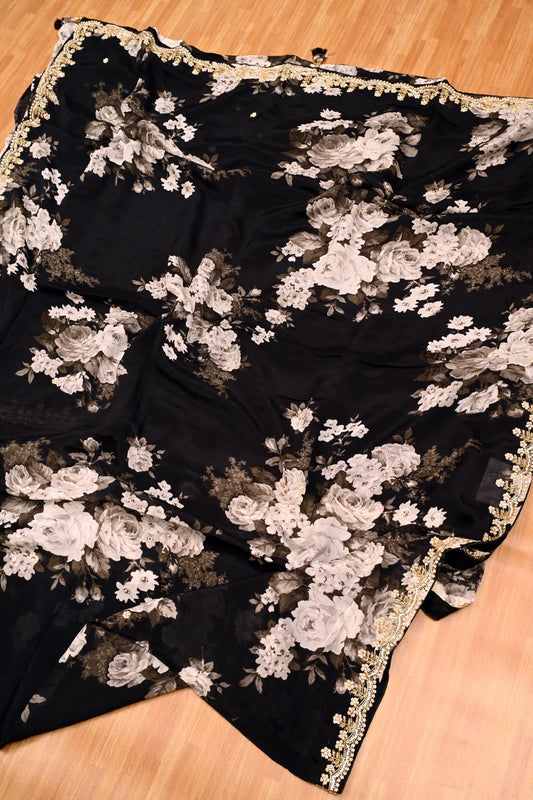Spring is the season most of us look forward to, the time of the year when the winter chill gives way to new sunshine, a moment that the earth rejoices with fresh greenery and floral bursts.
In Indian culture, it is also the season for harvest- marking the end of a crop cycle that takes a glorious face with regional festivities in full zing and bling festive wear. From Baisakhi calling out the new season in Northern India to the Puthandu festival down South, the harvest celebration calls is a beautiful series of community rituals extending to national borders in all directions.
Marking the Solar New Year- the day is also an auspicious time from the astrological lens- bringing the joy of new beginnings and- the colorful summer wedding season!
The success of the spring harvest takes up beautiful versions wrapped in cultural richness- with an abundance of socializing. That brings us to the prima need- a wardrobe refresh with new ethnic and latest fusion wear.
Baisakhi: The Northern Spring Festival
This festival is a glorious time for the Sikh community. It marks the foundation of the Khalsa group by the 10th Guru of the religious community- Guru Gobindh Singh. It also holds a higher significance of bravery and courage put together by the Sikhs against the Mughals enforcing Islamic conversions of Hindus.
Hence in Punjab, you will witness Baishakhi as one of the prime festivals, giving routines a delightful break. The Golden Temple in Amritsar is one of the most extraordinary places to visit at this time of the year.
The place holds festivities for thousands of devotees decked up in traditional costumes like the traditional-style Punjabi salwar kameez, palazoo suits, and trendier versions of the Northern attire. The dress code for men is colorful churidar kurta sets and the staple turban.
Trending Salwar Suit Styles for Baisakhi
Traditionally, the North Indian Salwar Suits have a short to medium-length straight-cut kurta paired with a loose or pleated bottom. Punjabi suits with traditional salwar bottoms, Patialas, and Palazzo suits are commonly spotted variants.
While there are plenty of suit variants to sport for the occasion, we’d always suggest ones with a vibrant ‘desi’ vibe- from embroidered palazzo suits to lush brocade Anarkali sets! Here are some outfits that combine the power of classics and innovative trends for your perfect Baisakhi festive wardrobe this year.
Channelize your desi vibes with straight-leg palazzo suits or flared shararas with peplum kurtas. A comfort trend of the year, these suits also come with adaptability benefits for seasons beyond the spring fest.
A traditional suit with a straight-cut kurta works best when visiting the Gurudwara. It would be better to keep your wardrobe confined to lightweight fabrics like cotton, georgette, or crepe silk for easy movements in the humid-crowded zone. Some ornate additions- like danglers and bangles, are a great way to amp up the ethnic feel.
Those wishing to ace the typical North Indian ostentation can go dressy with a heavy Banarasi silk suit or a luxurious Anarkali dress, especially for a larger gathering with a magnificent set-up. You can also opt for a bright-colored Kurti and Palazzo suit styled with a designer dupatta to be on the contemporary style bandwagon.
Bihu: The Assamese New Year
The spring harvest season is known as Bihu in its East Indian edition. The Assamese New Year is devoted to worshipping Lord Krishna and cattle. The festival continues for a couple of days with rituals like washing & worshipping cows, folk music & dance, and, of course, a roar of celebrations.
The zest of the Solar New Year enthusiastically extends to other states like Manipur and several South-East Asian countries like Thailand (Poi-Sangken festival).
What to wear for Bihu?
The people of Assam are deeply rooted in their culture. The connection is apparent in every detail of such religious festivals, including their attire comprising traditional Assamese clothing. The indigenous dress for women is called Mekhela Chador, which prima face appears like a regular Indian sarees.
However, the distinctive characteristic of a Mekhela Chador is that- it is a two-piece garment. The Mekhela is draped like the pleated section of a saree, while the Chador is like a pallu. While this traditional ensemble continues to be flaunted in full glory, several women have conveniently switched over to the regular six-yard drape and readymade or pre-stitched sarees.
On such a vibrant celebration- you can drape silk, georgette, or cotton-silk sarees with a lively color palette of yellow, maroon, orange, green, and blue.
A maroon, deep pink, or orange silk sarees with shimmering zari panels will make a classic wardrobe for the festival of Bihu. And well, it is definitely an occasion to elevate your outfit with traditional ornaments!
Indulging in colorful attire is a great idea to welcome the spring season! A multicolored silk saree will beautifully match the mood of the occasion. You can underplay the accessories for a minimalistic and elegant feel!
Puthandu- The first day of the Tamil Calendar
While the North and the East are engrossed in their spring fests, the Southern region is equally absorbed in social revelry. In Tamil Nadu, this spring harvest festival takes the version of Puthandu or Puthuvarusham.
The festivities extend to Sri Lanka, Malaysia, Singapore, Mauritius, and other places with a substantial Tamil population. The rituals, in general, involve temple visits and family parties. Feasting and exchange of gifts are also an integral part of the occasion.
Flashing wardrobe extravagance during festivals is a norm across all regions of India. Tamil Nadu is well known for its high-end handloom silk sarees like Kanchipuram saris, Pochampally, Dharamvaram, Samudrika, South Silk, and Chennai silk saris.
Bright base colors and ornate borders woven with golden zari threads form the essential elements of Kanchipuram sarees. These traditional south-silk sarees are further differentiated with nature and temple-inspired designs and count as festive and wedding wardrobe staples for Tamil women.
Gorgeous sarees for Puthandu
The essence of the South Indian culture is prominent in its aesthetic Kanchipuram silk sarees. These sustainable sarees are glorious add-ons to your festive wardrobe.
Given the high mercury levels in tropical southern India, a silk saree in neutral or pastel tones can be a soothing version of the treasured legacy.
A finely woven art silk sarees is a budget-friendly replacement for luxurious handloom saris. You can also do away with all the shimmers and pick a drape with subtle prints or light thread embroidery. Whether traditional or contemporary, a saree is always an ideal sartorial choice for any occasion.
With the onset of a new season of festivals, it is wise to keep your festive attire sorted in time instead of rushing around for the best outfit when it’s time to enjoy!
With plenty of online shopping stores, you can have the best choices on your screen. So, shop in time and have a delightful spring-festive season!
